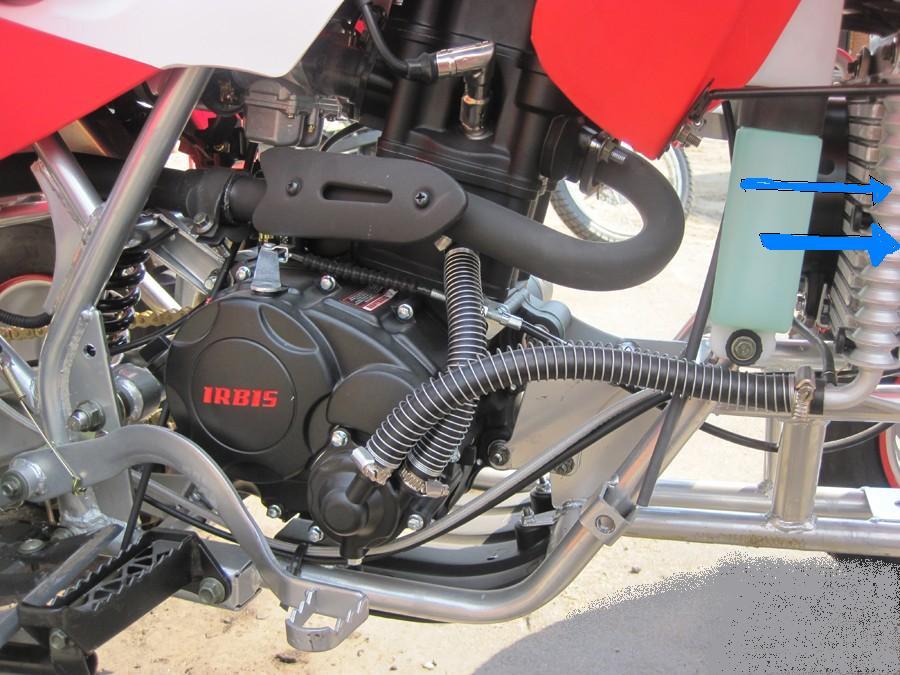Last updated:
The Suzuki Quadrunner 250 is a 31 horsepower sport utility ATV manufactured by Suzuki Motors for general off-road use. It weighs 557 lbs and distinctive features include a rigid frame and sporty appearance as well as the ability to add a hitch to perform some yard work. The LT version has a sporty appearance with racing plastics while the LTZ version comes with front and rear cargo racks. The Suzuki Quadrunner 250 has a top speed of 45 MPH in stock condition and weighs 557 lbs.
The 250 Quadrunner uses an electric starter to start it’s single-cylinder four-stroke engine. The air-box is high off the ground to prevent clogging the engine while mudding. A twin combustion chamber engine design improves the power and gas consumption of the engine for better performance.
The Suzuki 250 Quadrunner has a five-speed transmission and an automatic clutch. It has three riding modes, 2WD, standard 4WD and 4WD with front differential lock. The rear drive is integrated while the front drive is powered through a drive shaft.
Suzuki 250 Quadrunner dimensions are 81.9 inches long, 44.5 inches wide and 41.9 inches tall. A wheelbase of 45.3 inches and a seat height of 31.5 inches proved perfect for most riders. 7.9 inches of ground clearance and a dry weight of 557 pounds give the Suzuki 250 great handling characteristics at speed. Hydraulic drum front brakes and mechanical rear brakes provide stopping power. AT 22 x 8-10 front and AT 25 x 12-10 rear tires are perfect for working on the farm and having a little fun on the trails. The 250 Quadrunner fuel capacity is 3.2 gallons.
See also
 9 in.)
9 in.) 388(25/18)
388(25/18) T.D.C. below 1800 r/min 30° B.TD.C. above 3800 r/min
T.D.C. below 1800 r/min 30° B.TD.C. above 3800 r/min250 Quadrunner shocks are mounted to a front A-arm suspension and rear diagonal swing axle for exceptional handling.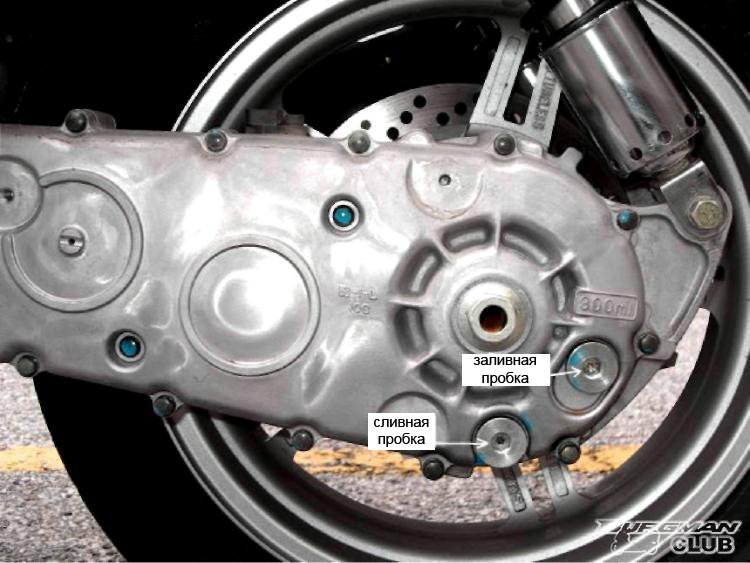 Front and rear cargo racks along with a hitch for pulling a small trailer give the Suzuki 250 Quadrunner a lot of versatility and hauling options. An ATV winch is optional and two 30-watt fender mounted headlights allow the rider to ride or work in a poorly lit environment.
Front and rear cargo racks along with a hitch for pulling a small trailer give the Suzuki 250 Quadrunner a lot of versatility and hauling options. An ATV winch is optional and two 30-watt fender mounted headlights allow the rider to ride or work in a poorly lit environment.
The
Suzuki
LT-4WD is a certified terrain-tackler, and to keep this four-wheeler rolling, you’ll need to know its engine oil capacity.
Performing regular maintenance comes with the territory of owning an older vehicle. However, you can avoid the pricey maintenance fees, garage costs, and repair charges by changing your Suzuki LT-4WD’s oil yourself. Once you know your engine’s oil capacity and oil type, you can change your oil in a few simple steps.
However, you can avoid the pricey maintenance fees, garage costs, and repair charges by changing your Suzuki LT-4WD’s oil yourself. Once you know your engine’s oil capacity and oil type, you can change your oil in a few simple steps.
If you’re looking for information on the Suzuki LT-4WD oil capacity, you’ve come to the right place.
Jerry
, the super app that saves drivers time and money on
car insurance
shopping, has this
car repair
guide to make your Suzuki LT-4WD oil change a breeze.
RECOMMENDED
No spam or unwanted phone calls · No long forms · No fees, ever
ZIP Code
ZIP Code
Find insurance savings (100% Free)
Suzuki LT-4WD engine oil capacity
Let’s get right to it: how much engine oil does your vehicle need?
A Suzuki LT-4WD’s engine oil capacity is 3.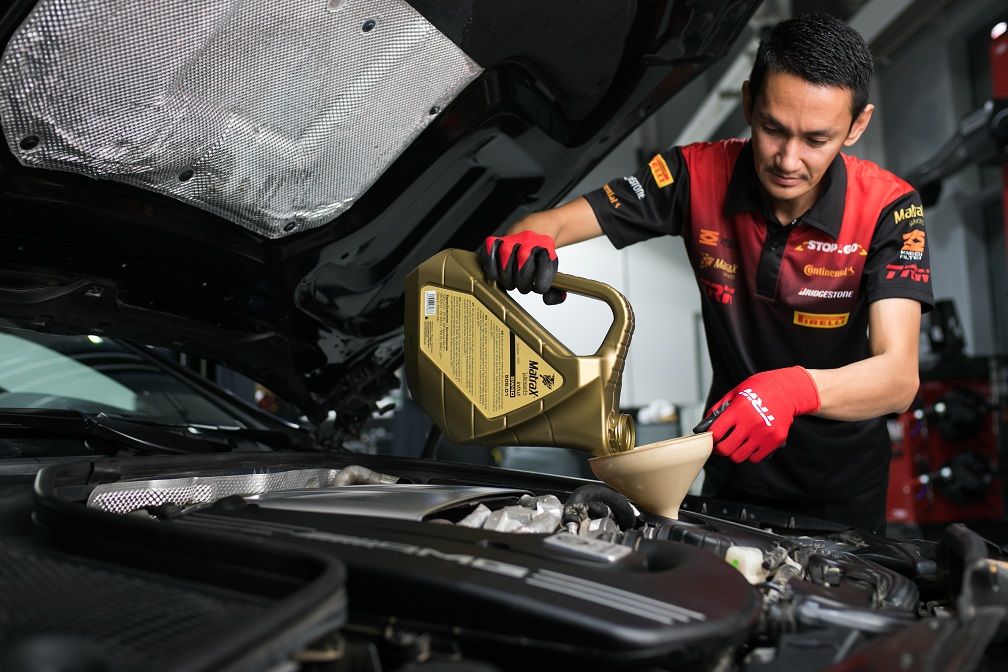 5 quarts, or 3.3 liters. While it's easy to confuse engine displacement, the volume your engine’s cylinders take up, with your oil capacity, they are not one and the same, and they have different volumetric capacities.
5 quarts, or 3.3 liters. While it's easy to confuse engine displacement, the volume your engine’s cylinders take up, with your oil capacity, they are not one and the same, and they have different volumetric capacities.
To keep it simple, just remember this: oil capacity is the amount of oil your vehicle needs in each oil change.
What kind of oil does a Suzuki LT-4WD need?
Don’t just grab the first bottle you see—having an oil suited to your vehicle can make a significant difference in your vehicle’s performance. When you’re browsing the aisles, make sure you buy a 10W-40 Synthetic ATV/UTV Engine Oil.
But what do all those numbers and letters mean? Simply put, they indicate the oil’s viscosity (thickness) and performance in different temperatures.
The “10” preceding the “W” refers to how viscous the oil will be in colder temperatures. The higher the number, the thicker the oil is. The “W” stands for “winter,” while the “40” refers to how well the oil will perform in higher temperatures.
Synthetic oil is a higher grade than conventional oil and is harder to break down. If you opt for a synthetic variety, you won’t need to change your oil as frequently. Regardless of the brand you get, make sure the grade is 10W-40.
Here are three good options to consider:
How often to change oil on a Suzuki LT-4WD
Now that you know what kind of oil your Suzuki needs, how do you know when to change it?
As per Suzuki’s recommendation, you should change your oil every 1,200 miles or 200 hours. However, if you’re using synthetic oil, you’ll be able to stretch the time between oil changes even longer.
To ensure your oil stays clean and functional in between changes, you can check your oil level once a month. Watch out for the following signs that it's time for an oil change:
Compare insurance quotes from 50+ carriers with Jerry in under 45 seconds
ZIP Code
ZIP Code
Find Savings!
Find Savings!
4.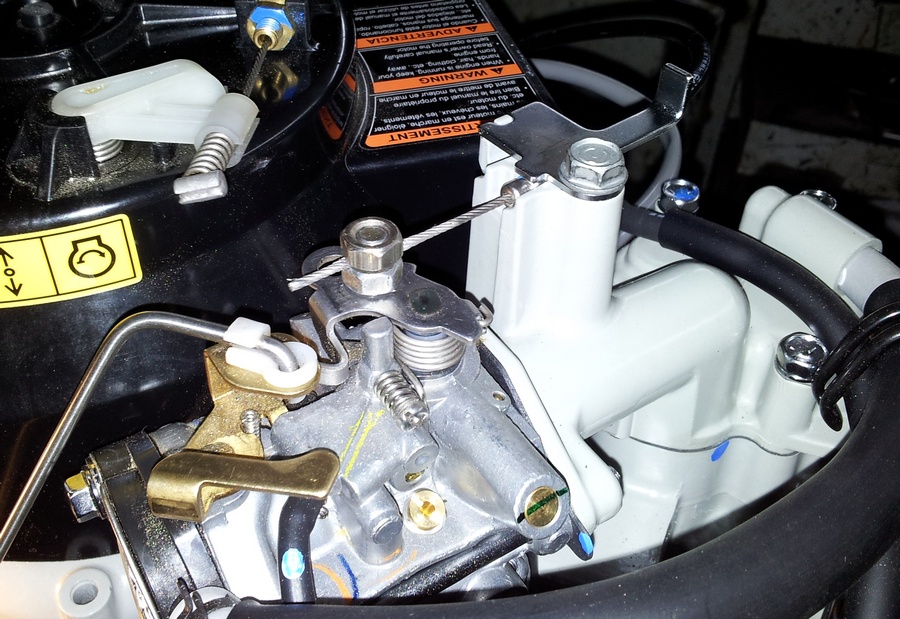 7/5 App Store Rating. Trusted by 2+ Million Customers.
7/5 App Store Rating. Trusted by 2+ Million Customers.
How to change your oil and oil filter
So it’s time for an oil change—now what?
The first step in any
maintenance task
is to gather your tools. To remove the old oil filter, you’ll need a socket wrench, a drain pan, and a filter wrench.
To change your oil, you’ll need a replacement filter and 3.5 quarts of 10W-40 Synthetic engine oil.
Now that you’re prepared with the proper tools, let’s get started!
First, turn your Suzuki on and allow the engine to run until it reaches its normal operating temperature (roughly 5 minutes). You can then turn off the engine and open the hood. Follow these steps to change your oil and oil filter:
Remove the oil fill cap
Drain the old oil into the drain pan
Replace the old filter with a new one
Using your new oil, refill the engine
Replace the fill cap
Use a dipstick to measure the new oil level
If your oil level looks good, you can try running the vehicle for a couple of minutes and watch out for any leaks. If everything went according to plan, your dashboard’s
If everything went according to plan, your dashboard’s
oil pressure light
should turn off.
Remember to dispose of the old oil at a recycling center (never dump it out!) and clean up the area around your vehicle before hitting the road.
Don’t forget regular insurance policy maintenance
While Suzuki LT-4WDs are popular among four-wheeler fanatics, it can be a struggle to keep them alive. By regularly changing your Suzuki’s oil, you’ll keep it running smoothly for years to come. Plus, by changing it yourself, you’ll be saving both time and money!
Another easy way to save time and money on Suzuki ownership? Download the
Jerry
app.
Not only do average annual savings total over $800, but you’ll also save the time you’d put into comparing rates, filling out forms, and waiting on hold with insurance companies.
Best of all, Jerry will perform regular price maintenance to make sure you’re still getting the best price on the coverage you need.
“Using
Jerry
is a super straightforward process, and at each step, you can see exactly what coverage you’re paying for. Thanks to Jerry, I’m paying $900 less each year while keeping full coverage for my new car!” —Martin H.
RECOMMENDED
Judith switched to Progressive
Saved $
725
annually
Alexander switched to Travelers
Saved $
834
annually
Annie switched to Nationwide
Saved $
668
annually
140622
The durability of the scooter and a comfortable, trouble-free ride depend on various factors. One of the most important experts consider the timely and correct replacement of engine oil. This procedure can be completed at the service station, but it will not be difficult to cope on your own either. Moreover, it will save money and give 100% confidence in the use of high-quality oil.
One of the most important experts consider the timely and correct replacement of engine oil. This procedure can be completed at the service station, but it will not be difficult to cope on your own either. Moreover, it will save money and give 100% confidence in the use of high-quality oil.
Rules for self-changing scooter oil
○ You can buy a stealth scooter in our store by choosing a convenient payment method: cash to the courier, card, credit, installment.
To begin with, you should carefully study the instructions for your device, if, of course, there is one. Any manufacturer, even Chinese, gives clear and understandable recommendations on this issue. If the instructions are not available, which often happens when buying used equipment, then you can use the following time-tested and experience-tested recommendations:
1. The first replacement with a new vehicle is desirable after the initial 300 km run. During this period, the parts are actively rubbed, and the oil becomes contaminated with the smallest metal particles.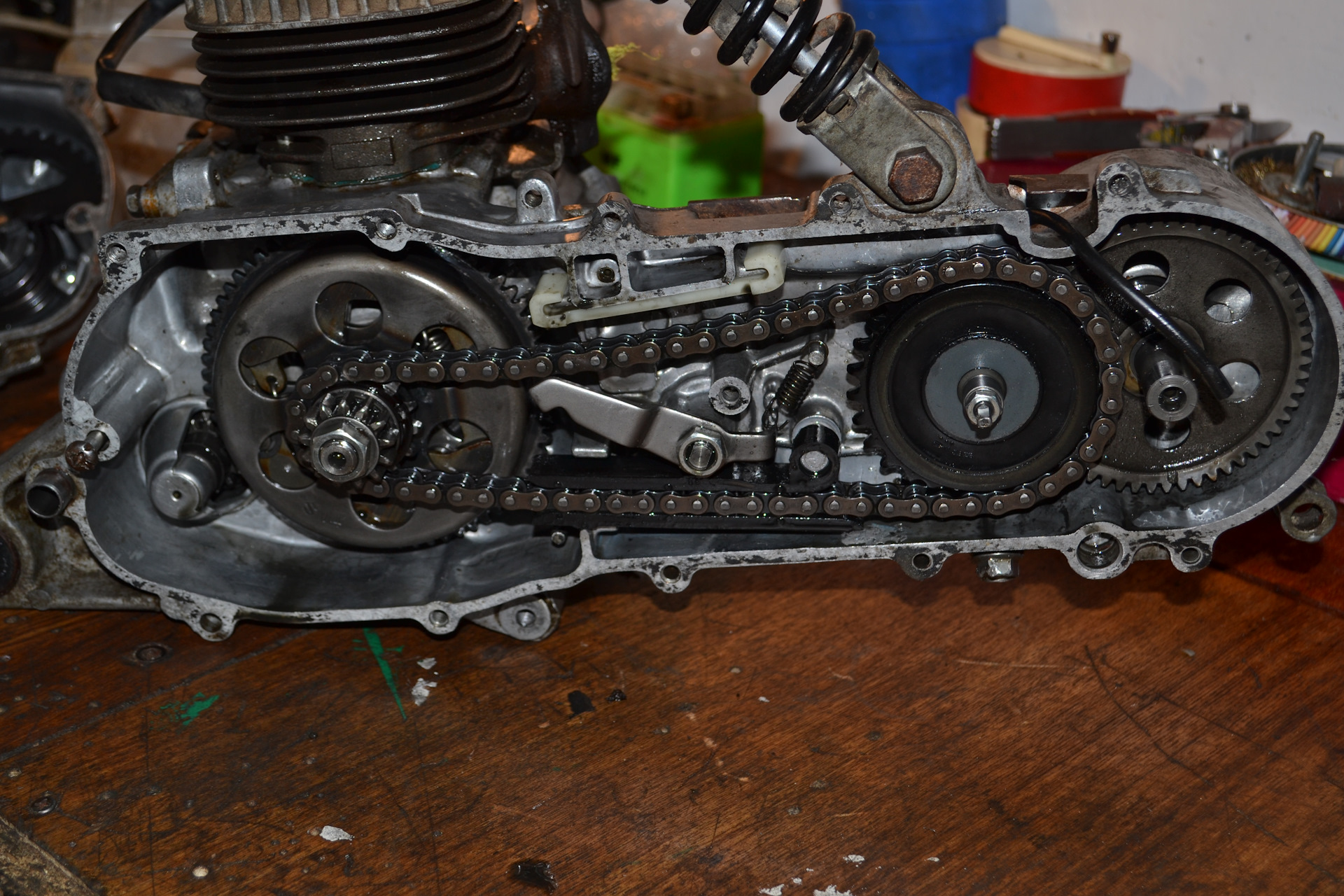
2. The second time should be carried out at around 800 km.
3. A third oil change is recommended after 1,500 kilometers driven.
Subsequent independent replacements are recommended by experts after every 2000 km. If the scooter is used mostly on dusty country roads, the procedure should be performed more frequently.
Step-by-step oil change procedure
The process itself is relatively simple: we put the iron horse on the central stand and “drive” the engine for 15-20 minutes. Some experts advise replacing immediately after the next trip, when the engine is well “worked out”. We reserve a container for working out in advance, find the drain plug and unscrew it with a socket wrench. Care should be taken in the process, as the temperature of the oil can reach 100-150 degrees and cause injury. Next, unscrew the plug and remove the filter.
Then, with the ignition off, turn the crank fast and repeatedly until the rest of the oil flows out. Wash the parts of the oil filter removed from the scooter in gasoline and blow with compressed air.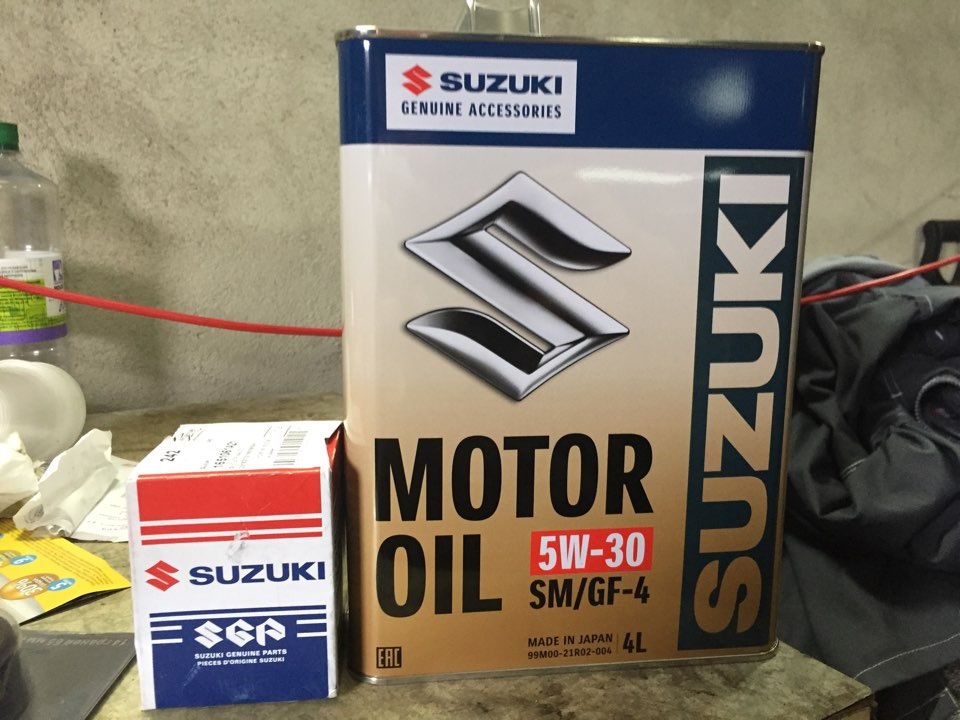
The next step is to replace the oil filter. To do this, carefully wipe all parts and openings with a clean, dry rag. On the connectors, you can carefully apply a little sealant and tighten tightly.
Use a funnel for accuracy when adding oil. It is advisable to use an oil brand from the list of recommended manufacturers for your scooter. Saving money by purchasing cheap brands with the risk of counterfeiting should not be categorically. Immediately after the replacement, you should not load the engine to the full - let it idle so that the oil is harmoniously distributed throughout the system.
Thus, self-changing the oil in any scooter is not an insoluble problem. Moreover, there are many videos on the Internet with this process and a description of the tricks.
○ The scooter store offers us a wide range and convenient payment methods: cash to the courier, card, credit, installment.
140622
100522
180521
270421
160320
If you decide to buy an ATV, then you should know that for the stable and proper operation of all its mechanisms, it is necessary to change the oil regularly. This applies not only to budget Chinese motorbikes, but also to expensive models from Japanese and European manufacturers. ATV parts will last much longer if you use quality lubricants.
This applies not only to budget Chinese motorbikes, but also to expensive models from Japanese and European manufacturers. ATV parts will last much longer if you use quality lubricants.
Oil is poured into the following elements of the motorbike:
Lubricants are strongly discouraged because they not only reduce friction between vehicle parts, but also serve to remove heat, which helps prevent overheating.
Refer to the manufacturer's documentation for the best oil for your ATV model. Each bike has its own requirements for lubricants, and therefore it is recommended to study them carefully.
Let's take a look at the three main types of ATV oils:
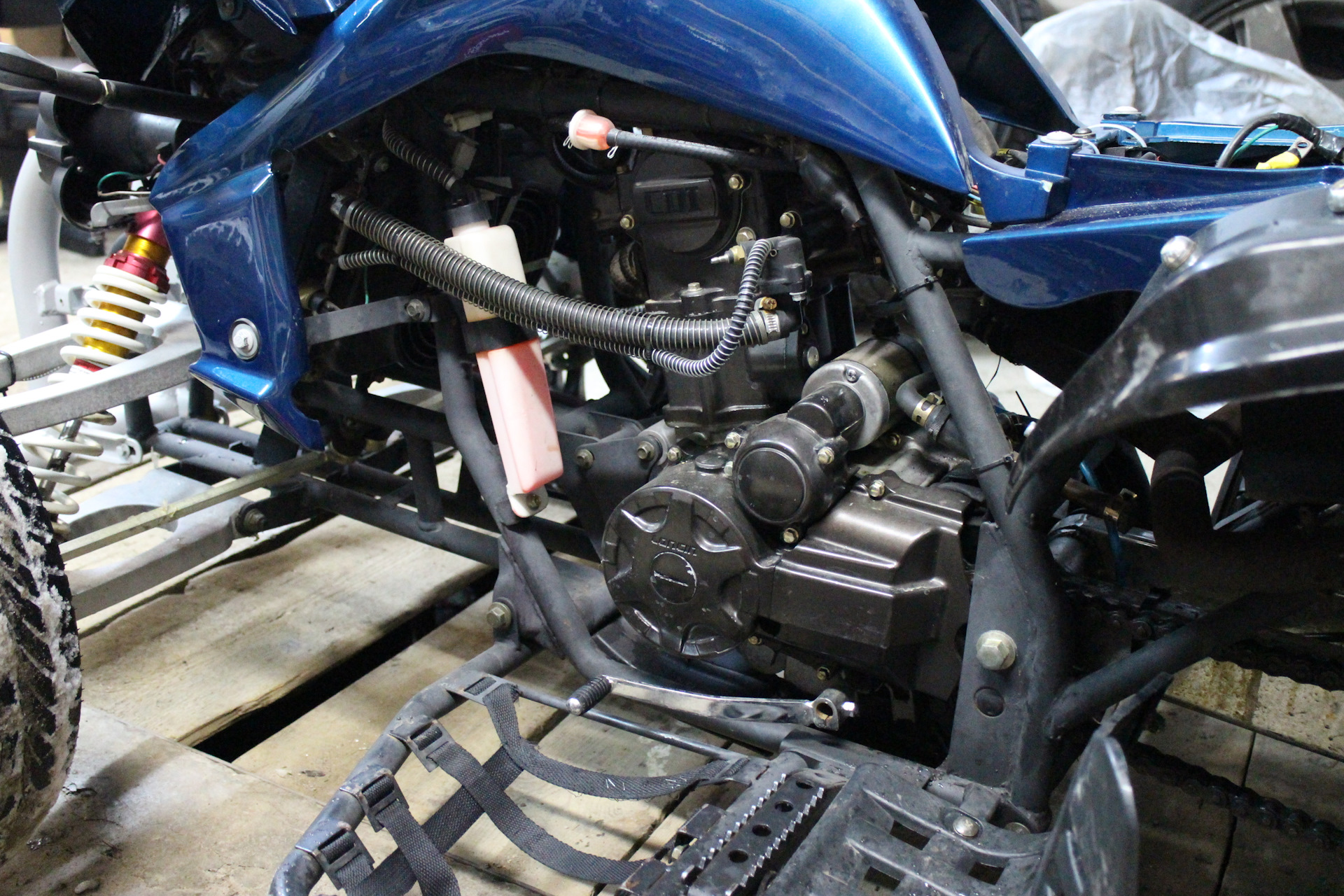 The main disadvantage of synthetic oils is their high price, but it is fully justified by a significant increase in the ATV's service life;
The main disadvantage of synthetic oils is their high price, but it is fully justified by a significant increase in the ATV's service life; Each rider has the right to choose which oil is better to fill in ATVs 200 cubic meters and their other analogues. But still, it is not recommended to save on the composition, since the premature replacement of the vehicle engine will cost much more.
Motor oils for ATVs for 110, 125 cubic meters Castrol have proven themselves well among both ordinary motorists and professional riders. This lubricant is designed specifically for modern 4-stroke motorbike engines. The presence of special additives in the composition of the oil reliably protects the engine from wear even under the most extreme operating conditions.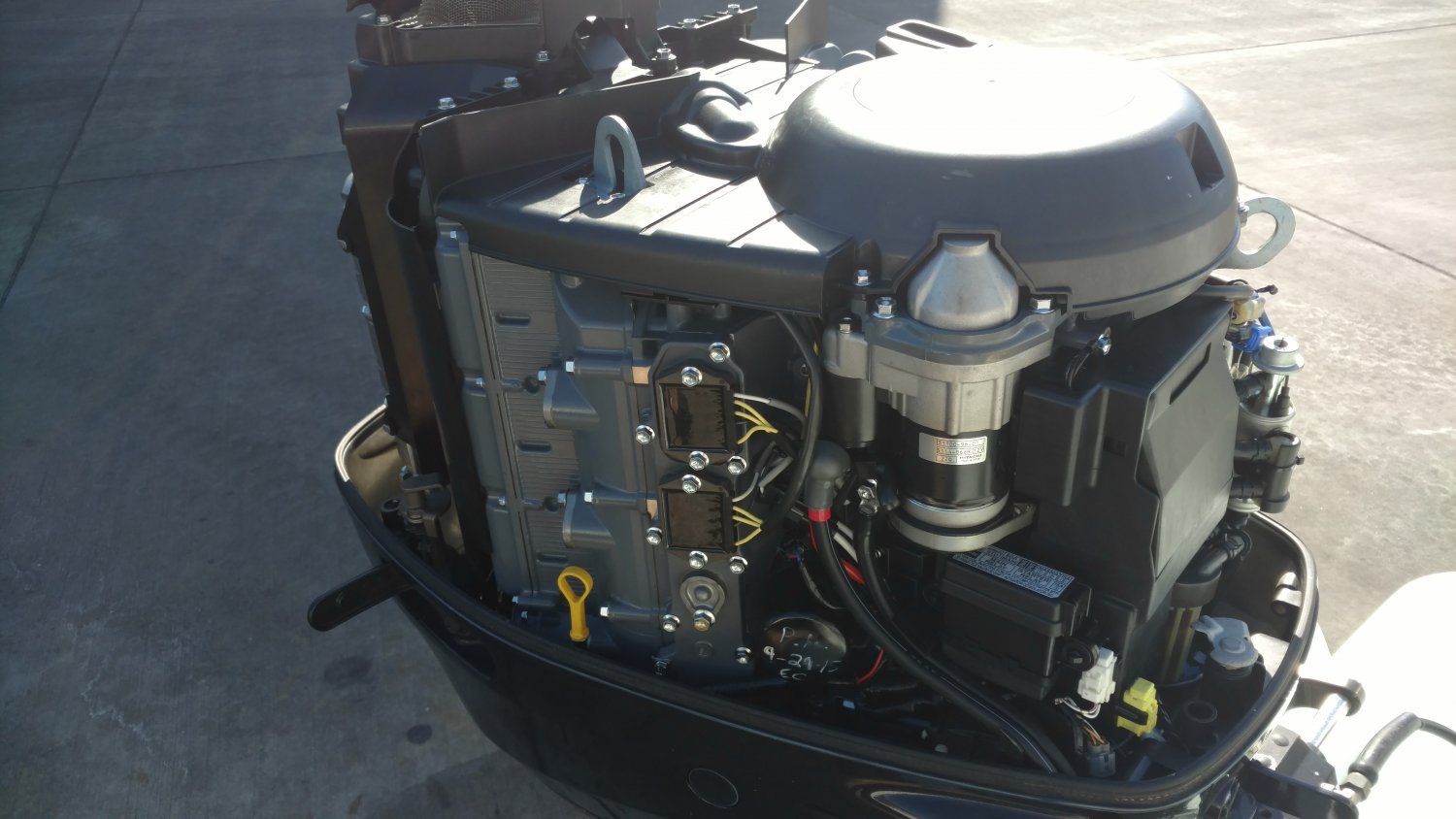
It is recommended to use only high temperature oils with increased density in the ATV CVT. Such a lubricant should leave a dense oil film on the surface and in no case be splashed. It is worth pouring gear oil with a viscosity of 75W90 into the gearbox and gearbox of the ATV. This type of lubricant is suitable for most motorbike models, and therefore many manufacturers recommend it. For more information, please refer to the official vehicle owner's manual.
Please note that if your ATV model is equipped with a manual transmission, then engine oil should be poured into it. Gear oil, in turn, is suitable for automatic and semi-automatic boxes.
Changing the oil in a 110cc or 125cc Kid's ATV is a very simple task that you can do yourself if you wish. This procedure is performed as follows:
